Finally Beat Litter Box Odor: A Pro’s Guide to a Smell-Free Home
I’ve spent a huge chunk of my life in the world of animal welfare, from busy shelters to fostering cats with all sorts of needs. And if there’s one thing I can tell you with 100% certainty, it’s this: a clean, well-managed litter box is the secret to a happy life with cats. That smell people complain about? It’s not a cat problem. It’s an environment problem, and trust me, it’s completely fixable.
In this article
So many new cat owners fall into the trap of thinking one simple trick will solve everything. They’ll grab the most heavily scented litter or plug in a bunch of air fresheners. Honestly, those things just cover up the issue. Even worse, strong perfumes can really irritate your cat, potentially leading to them avoiding the box altogether—and that’s a whole new headache.
True odor control isn’t a product; it’s a system. It’s about understanding a little bit of the science, picking the right gear, and sticking to a simple routine. Let’s walk through the exact principles I’ve shared with countless new cat parents over the years.
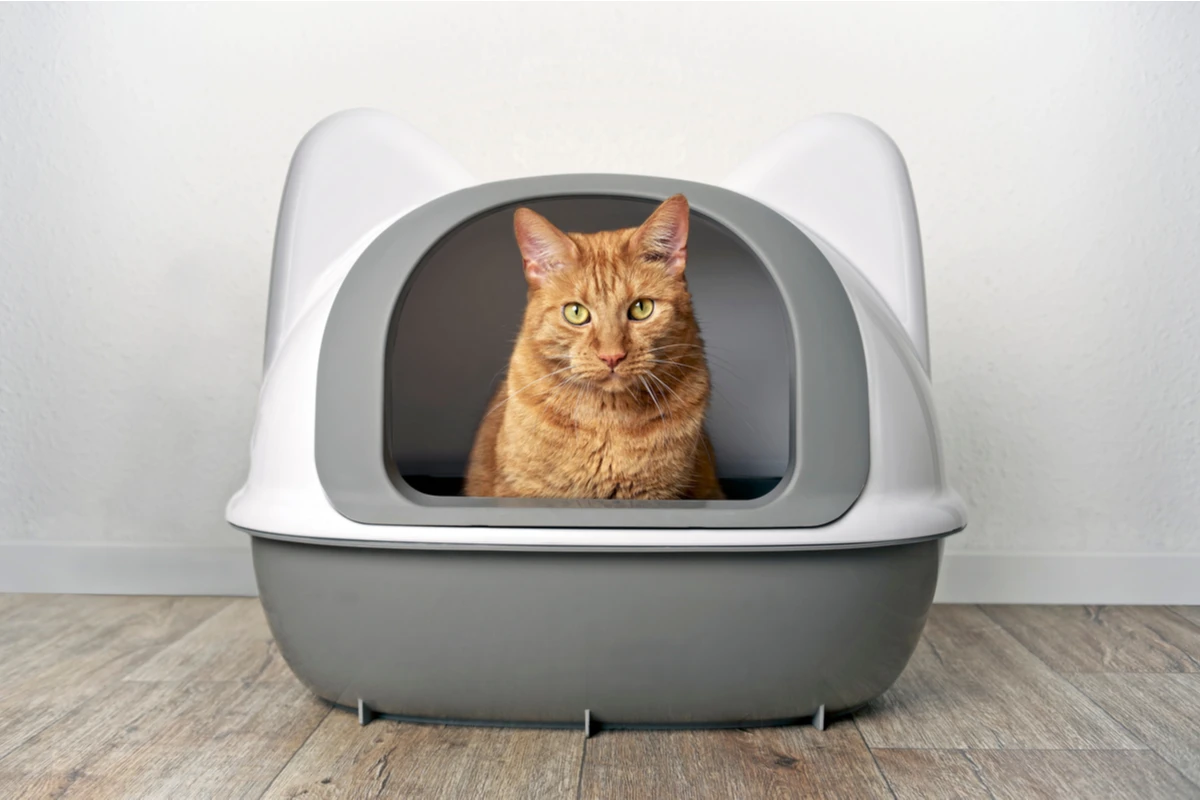
Your Beginner’s Shopping List
Before we dive deep, here’s a quick shopping list to get you started on the right foot. No fluff, just the essentials.
- A Stainless Steel Litter Box: Plan on spending between $40 and $80 on Chewy or Amazon. It sounds steep, but it’s a one-time purchase that will last forever.
- A Sturdy Metal Scoop: Don’t cheap out here. A good metal one costs about $15 and won’t bend, break, or hold onto smells like plastic scoops do.
- Unscented Clumping Clay Litter: A big box of a quality brand is usually around $20. It’s the most reliable starting point for most cats.
- An Enzymatic Cleaner: For the inevitable accident, a bottle of cleaner like Nature’s Miracle is essential. Expect to pay about $15.
First, Why Does It Smell So Bad?
To beat the enemy, you have to know the enemy. Fresh cat urine, believe it or not, doesn’t smell that strong. The trouble kicks in when bacteria from the environment (and from feces) get to work on it.
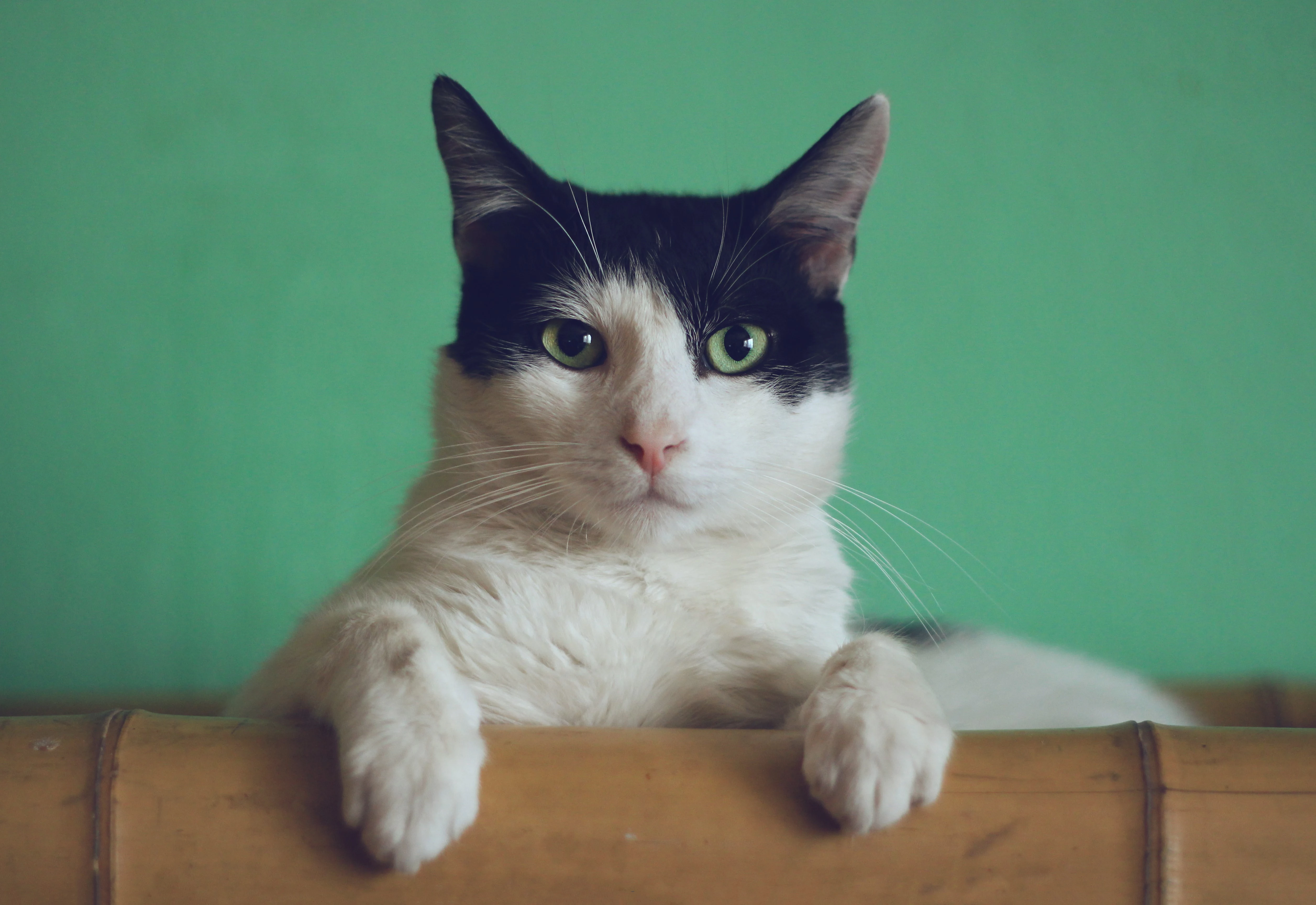
That sharp, eye-watering ammonia smell is public enemy number one. It’s created when bacteria break down the urea in urine. This process can start in just a few hours. This is exactly why scooping every day is non-negotiable. You’re not just removing waste; you’re stopping a chemical reaction from stinking up your house.
There’s also a unique compound in cat urine that eventually breaks down into thiols (think sulfur compounds), which are responsible for that super persistent, hard-to-get-rid-of cat smell. And while we’re on the topic, fecal odor is more straightforward—it’s mostly about your cat’s diet and digestion. A healthy cat on a good diet produces less offensive waste. So yeah, the litter box is kind of a daily health report.
Choosing Your Gear: The Box and The Litter
Your choice of litter box and the stuff you put in it is probably the most critical decision you’ll make for odor control. This is one area where spending a little more upfront saves you a ton of frustration later.
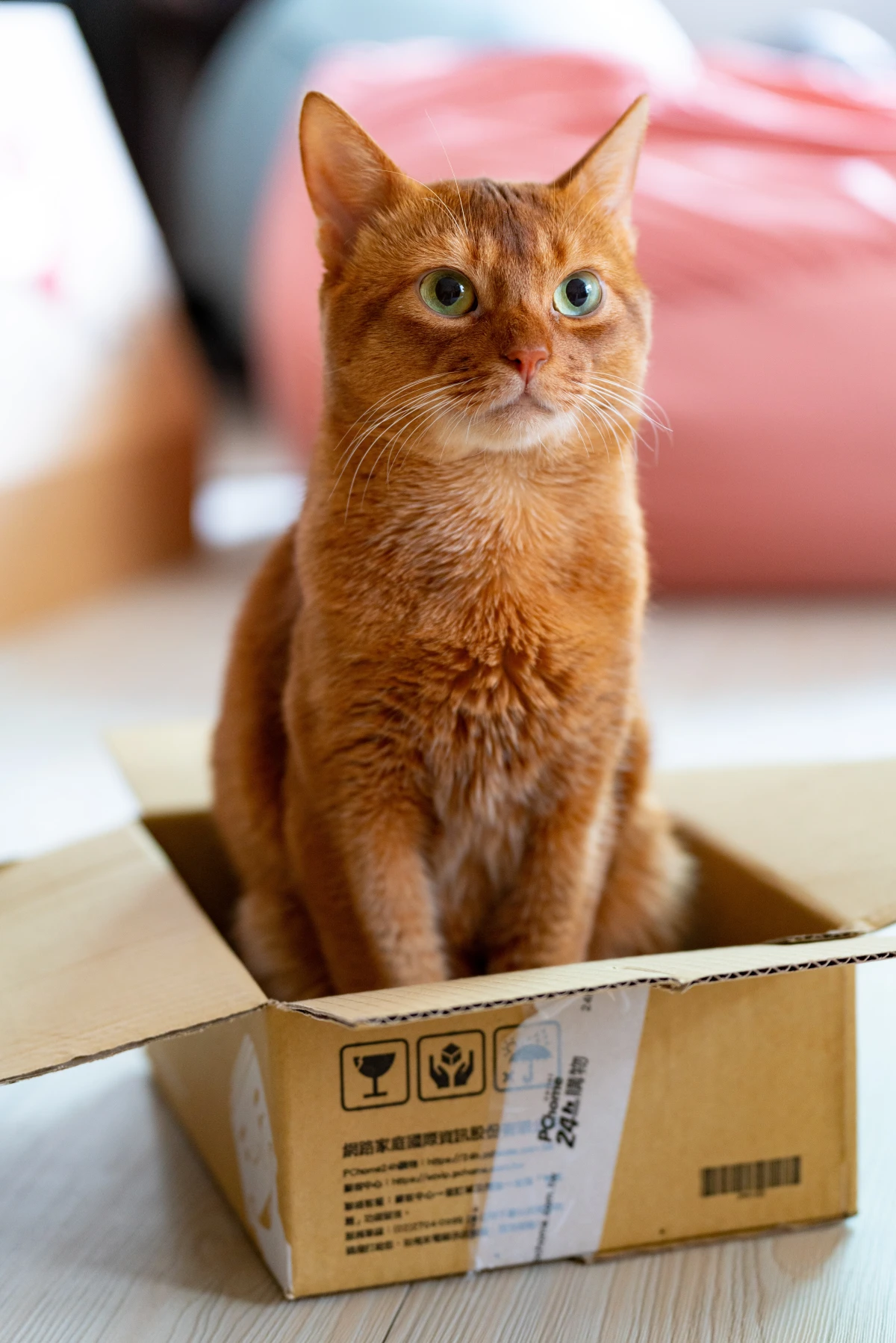
The Box Itself: Material and Design
Let’s be frank: most of the thin plastic litter boxes you see at big-box stores are a bad investment. As your cat digs, their claws create thousands of tiny, invisible scratches in the plastic. These little grooves are a five-star resort for odor-causing bacteria. No matter how well you scrub, you can’t get them clean, and eventually, the box itself just… stinks.
This is why I’m a huge advocate for a stainless steel litter box. Yes, they cost more initially—usually in that $40 to $80 range. But they are non-porous, meaning they don’t scratch and they don’t absorb odors. A simple wash with soap and water makes them literally good as new. The one I bought for my own cats five years ago is still in perfect condition, whereas I used to shell out $20 for a new plastic one every single year. The math speaks for itself.
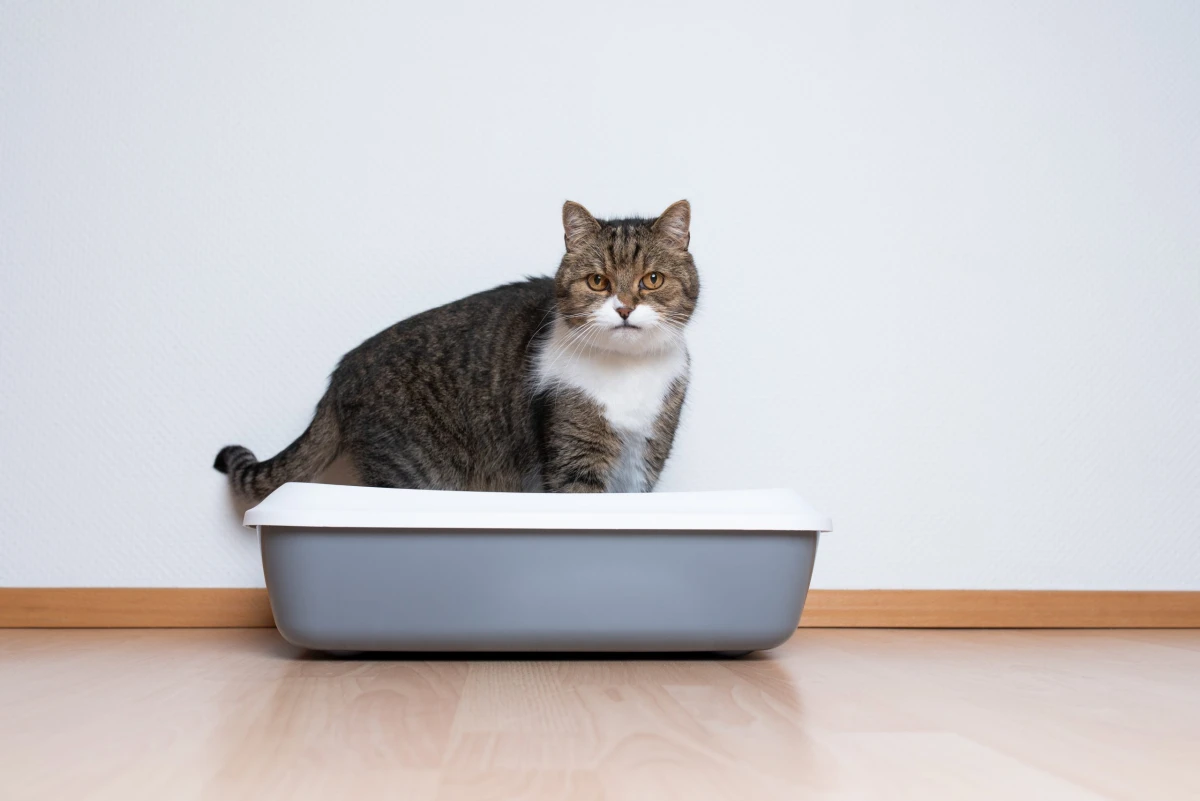
Oh yeah, size matters. The box should be at least one and a half times the length of your cat from their nose to the base of their tail. They need room to turn around and do their business comfortably. And please, skip the covered boxes. People think they trap the smell, and they do—they turn the box into a concentrated ammonia gas chamber. It’s awful for your cat’s respiratory health and many cats will refuse to use such a stinky space.
Let’s Talk Litter: A Real-World Breakdown
The litter aisle is overwhelming, I get it. There’s no single “best” option, but here’s the lowdown on the main types to help you choose.
- Clumping Clay Litter: This is the traditional go-to for a reason. It’s made from a type of clay that absorbs urine and forms hard, easy-to-scoop clumps. By removing the clump, you remove the source of the smell. For pure odor control and cost-effectiveness (around $20 for a large box), it’s tough to beat. The major downside? Dust. The fine silica dust can be an irritant for people and cats with asthma. It’s also heavy and not very eco-friendly.
- Silica Gel Crystal Litter: This stuff works by adsorbing urine into porous crystals. You scoop the solids daily and just stir the crystals to redistribute moisture. It’s incredibly low-maintenance and fantastic for controlling odor, making it a great choice for small apartments. However, it’s more expensive, often running $25-$30 for a single-cat monthly supply. The biggest gamble is that some cats absolutely hate the sharp, crunchy feeling on their paws.
- Biodegradable Litters (Wood, Corn, Wheat, etc.): These eco-friendly options are getting better all the time. Wood pellets are great at absorbing and have a natural pine scent, but they turn to sawdust instead of clumping. Corn and wheat litters often clump well and control odors, but since they’re food-based, you have to be vigilant about keeping the box dry to prevent mold. Paper litter is super soft and dust-free, making it perfect for post-surgery cats, but its odor control is generally the weakest of the bunch.
Quick Tip: When you want to switch litters, don’t just swap it out! You’ll have a rebellion on your hands. Do it gradually over a week. Start with a mix of 75% old litter and 25% new. A couple of days later, go to a 50/50 mix. Then 75% new, until you’ve fully transitioned. This gives your cat time to get used to the new texture.
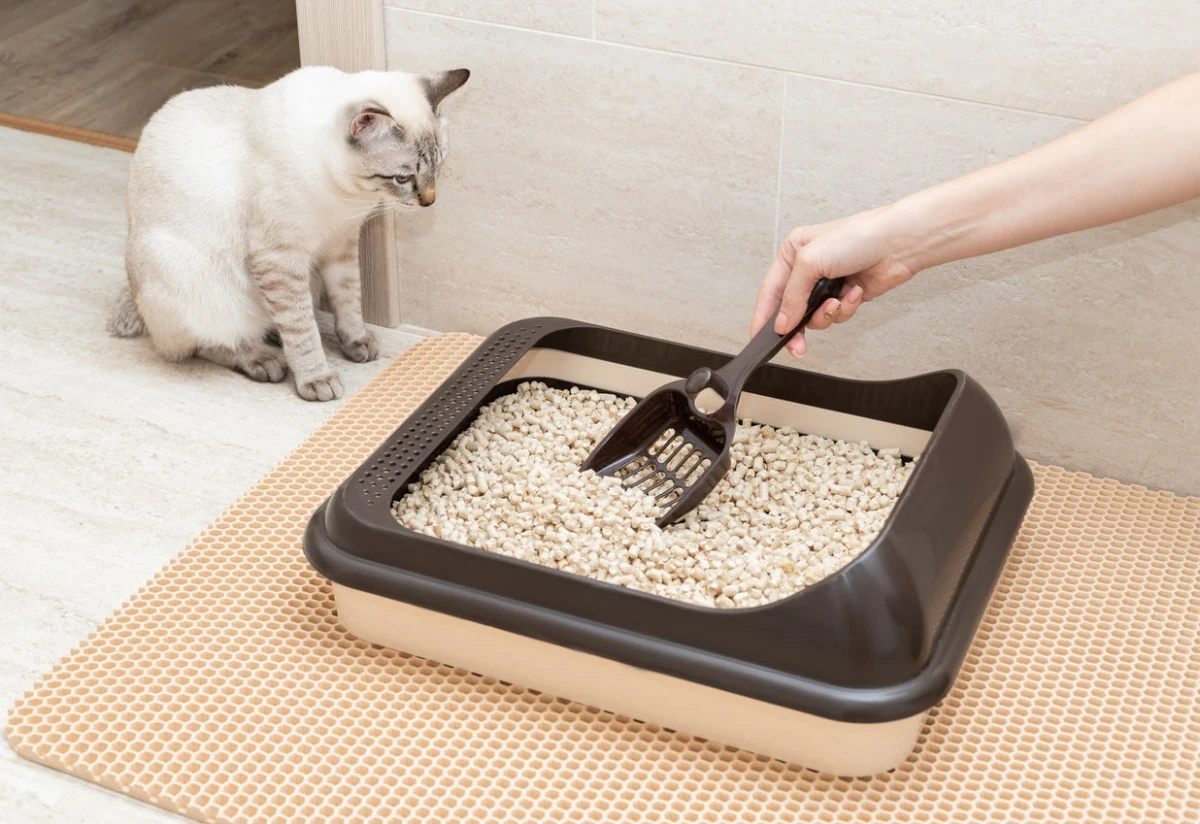
The Routine That Makes It All Work
The best equipment in the world is useless without a consistent routine. This is the part that truly makes the difference.
The Daily Scoop
You have to scoop the box at least once a day. Twice is even better, especially if you have multiple cats. Use that sturdy metal scoop we talked about. And here’s a little time-saving hack: keep your scoop and a small, dedicated waste bin right next to the box. If you don’t have to make a trip to the kitchen trash can, you are infinitely more likely to just do it.
By the way, what about those special disposal systems like the Litter Genie? For apartment dwellers, I think they’re fantastic for sealing in odor between trash days. If you have an outdoor garbage can you can access easily, a simple small trash can with a tight lid works just as well.

The Weekly & Monthly Reset
Once a week, top up the litter to maintain a good depth—about 3 to 4 inches. This is important because cats have a natural instinct to bury their waste, which helps with odor control.
Then, every 2-4 weeks (depending on your litter and number of cats), it’s time for a full deep clean. Dump all the old litter. Wash the box with hot water and a mild, unscented soap like regular dish soap.
Heads up! NEVER use ammonia-based cleaners, bleach, or strong citrus cleaners on a litter box. To a cat, ammonia smells like another cat’s urine, which can actually encourage them to mark the area. Strong citrus and chemical smells are just plain offensive to their sensitive noses. Rinse the box well and let it dry completely before refilling.
Location, Location, Location
It’s so tempting to hide the litter box in a tiny closet, but that’s a mistake. Poor ventilation concentrates odors. Pick a spot that has good airflow but is also quiet and low-traffic. You don’t want your cat to be ambushed by a noisy washing machine or a stampede of kids while they’re trying to go.

And if you have multiple cats, you need multiple boxes. The golden rule is one box per cat, plus one extra (so, 2 cats = 3 boxes). This prevents a dominant cat from guarding the box and stopping a more timid cat from getting access. Place them in different areas of the house to give everyone a safe option.
When a Bad Smell Is a Red Flag
Sometimes, a smelly box isn’t about cleaning—it’s a sign that something is wrong with your cat.
A cat’s diet directly impacts their waste. Low-quality foods with fillers like corn and wheat are hard for them to digest and can lead to smellier, bulkier stools. When checking food labels, a high-quality food will list a specific meat like ‘Chicken’ or ‘Salmon’ as the very first ingredient, not vague terms like ‘meat by-products’ or fillers like ‘corn gluten meal’.
And this is the most important thing I’ll say: if you notice a sudden, major change in the smell of your cat’s urine or feces, call your vet immediately. Extremely strong ammonia smells can signal a UTI or kidney issues. A strange, sweet smell could be a sign of diabetes. A change in odor, especially with other symptoms like drinking more water or straining to urinate, is a serious warning sign. Don’t wait.

Managing a litter box is just part of the deal when you own a cat. It’s not glamorous, but getting it right is a huge sign of respect for your pet and your home. With the right gear and a solid routine, you really can have a home that smells fresh and a cat that feels comfortable and happy.
Inspiration:
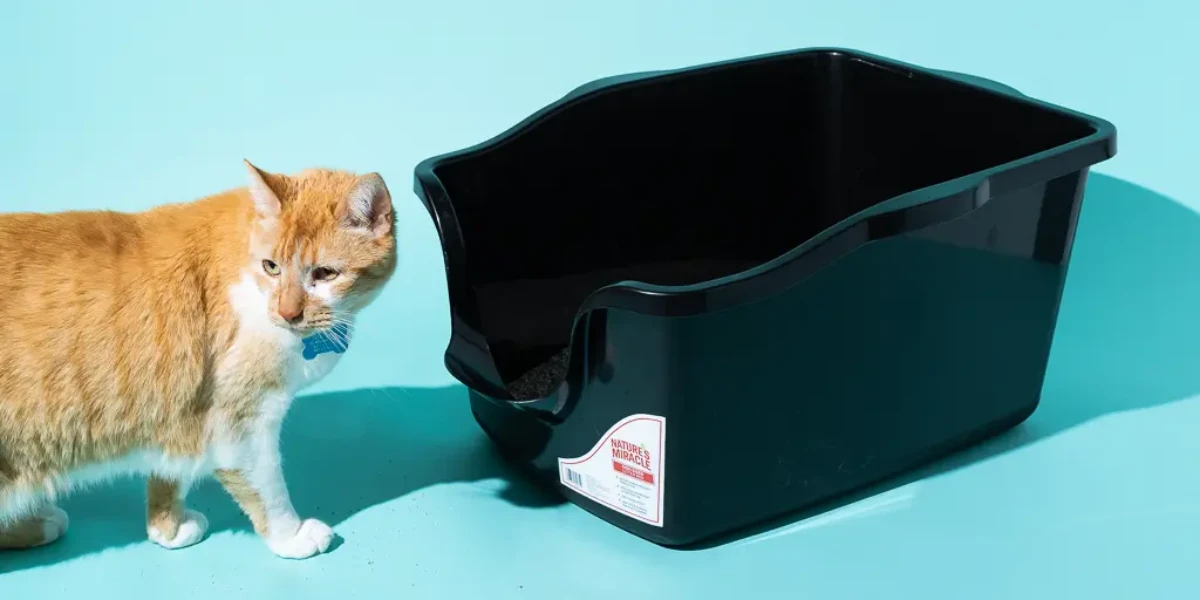
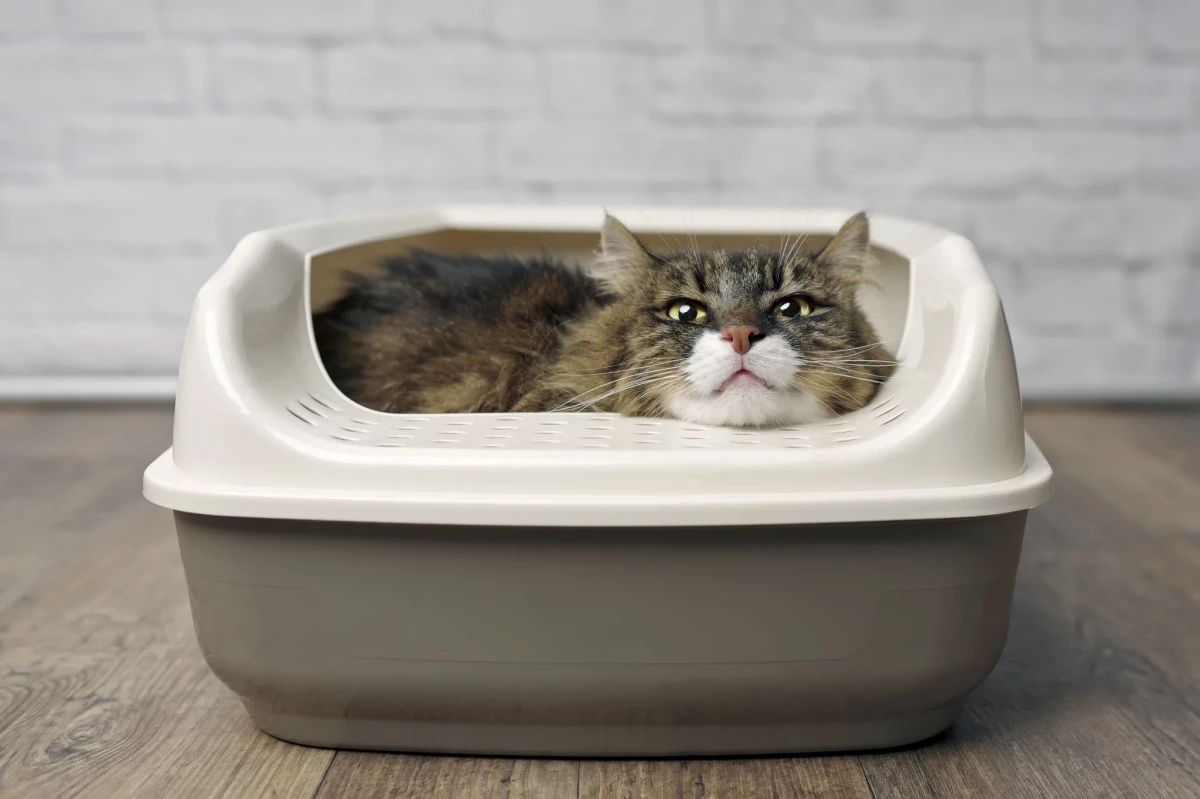
What’s the best spot for the litter box?
Placement is everything for a cat’s comfort and your nose’s happiness. Avoid busy hallways or next to noisy appliances like the washing machine. A cat needs privacy and a sense of security. The ideal location is a quiet corner with a clear view of the room, so they don’t feel cornered or ambushed. And a cardinal rule: never place the litter box near their food and water stations. No one likes to eat in their bathroom, and cats are no exception.
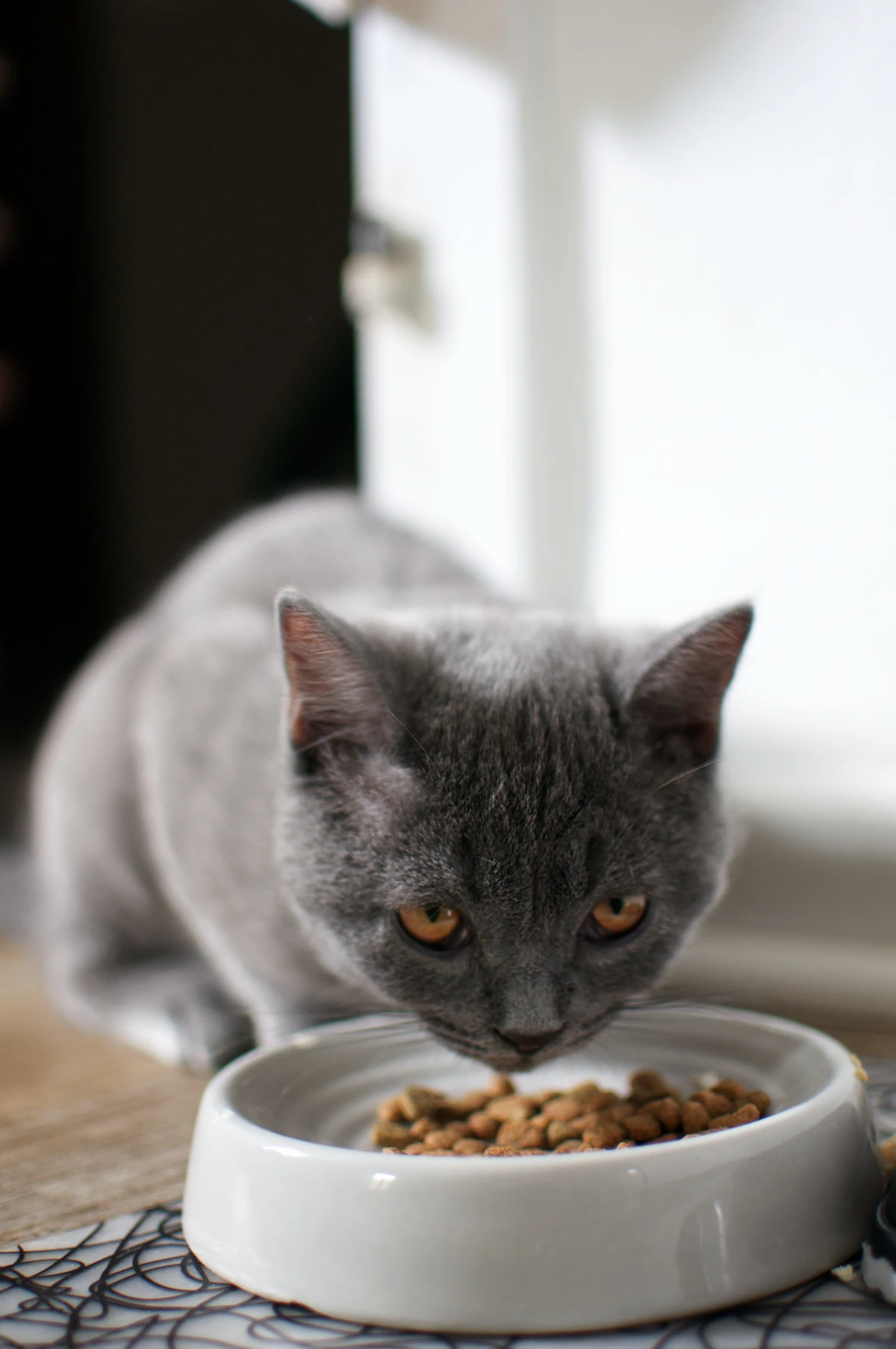
A cat’s sense of smell is approximately 14 times more sensitive than a human’s.
This powerful sense of smell is precisely why heavily perfumed litters often backfire. What we perceive as a fresh ‘spring rain’ or ‘lavender meadow’ scent can be an overwhelming chemical assault for your feline friend. This can lead to litter box aversion, the very problem you’re trying to solve. Sticking to unscented options respects their natural instincts and biology.
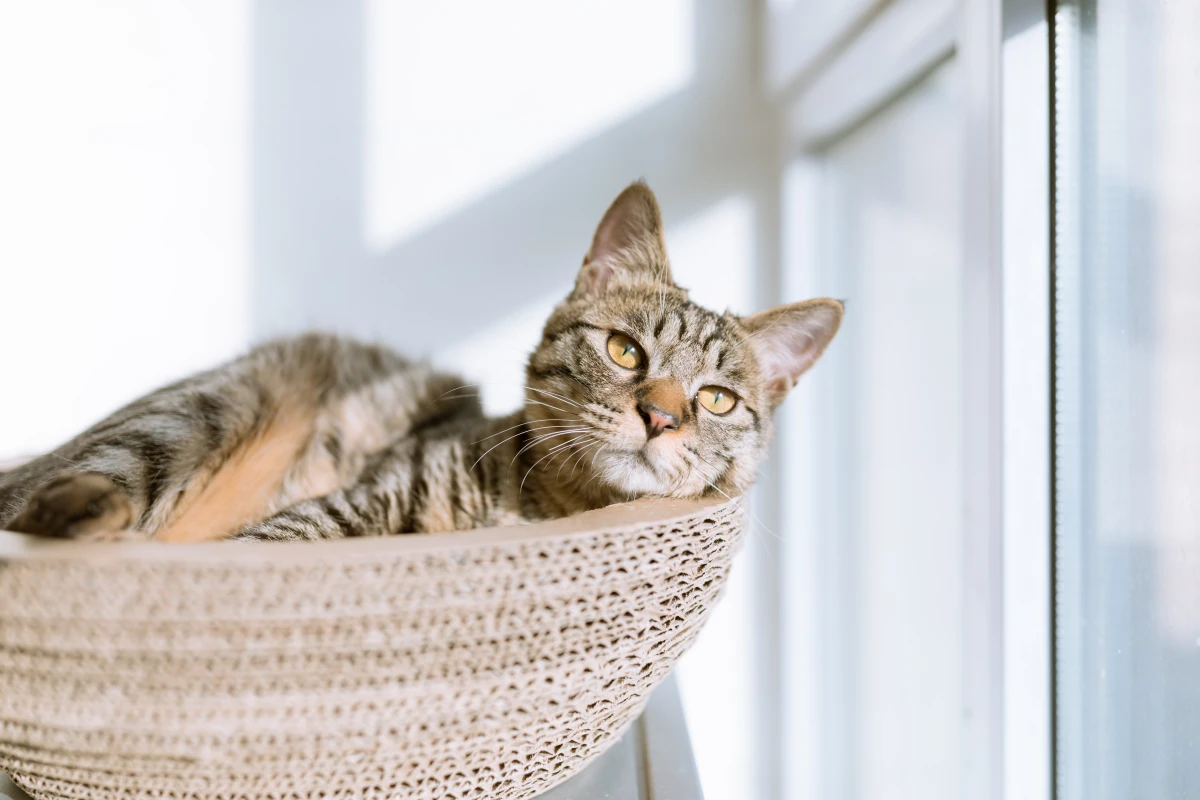
Clumping Clay Litter: The gold standard for a reason. Brands like Dr. Elsey’s Ultra provide excellent clumping action, making daily scooping simple and effective. Most cats are immediately comfortable with its sand-like texture.
Silica Gel Crystal Litter: An alternative like PrettyLitter absorbs urine and dehydrates solid waste, requiring less scooping but more frequent stirring. It’s virtually dust-free and lighter, but the crunchy texture isn’t for every cat.
For new cats, starting with a high-quality unscented clay is usually the safest bet.
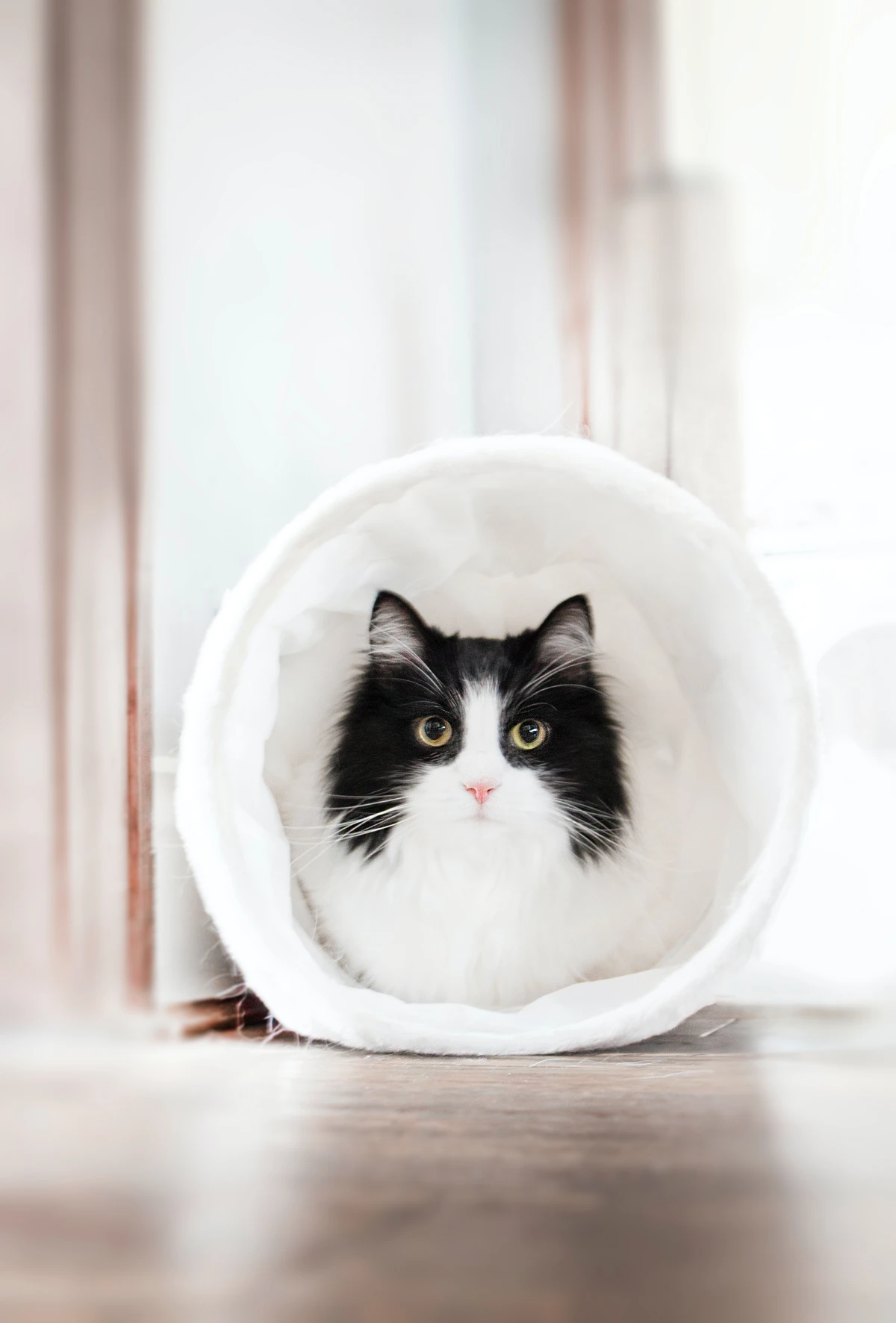
- Prevents territorial disputes over a ‘claimed’ box.
- Reduces the chance of one cat blocking another from access.
- Ensures a clean option is always available, even if you’re a bit late on scooping.
The secret? It’s the ‘N+1 Rule’ a non-negotiable for multi-cat homes. This means you should have one litter box per cat (N), plus one extra. Two cats? Three boxes.
For an extra, cat-safe odor-fighting boost, turn to your kitchen pantry. Before pouring in fresh litter, sprinkle a thin layer of pure baking soda (like the classic Arm & Hammer box) across the bottom of the clean, dry litter pan. It’s a fantastic natural odor neutralizer that absorbs smells without adding any irritating perfumes.










